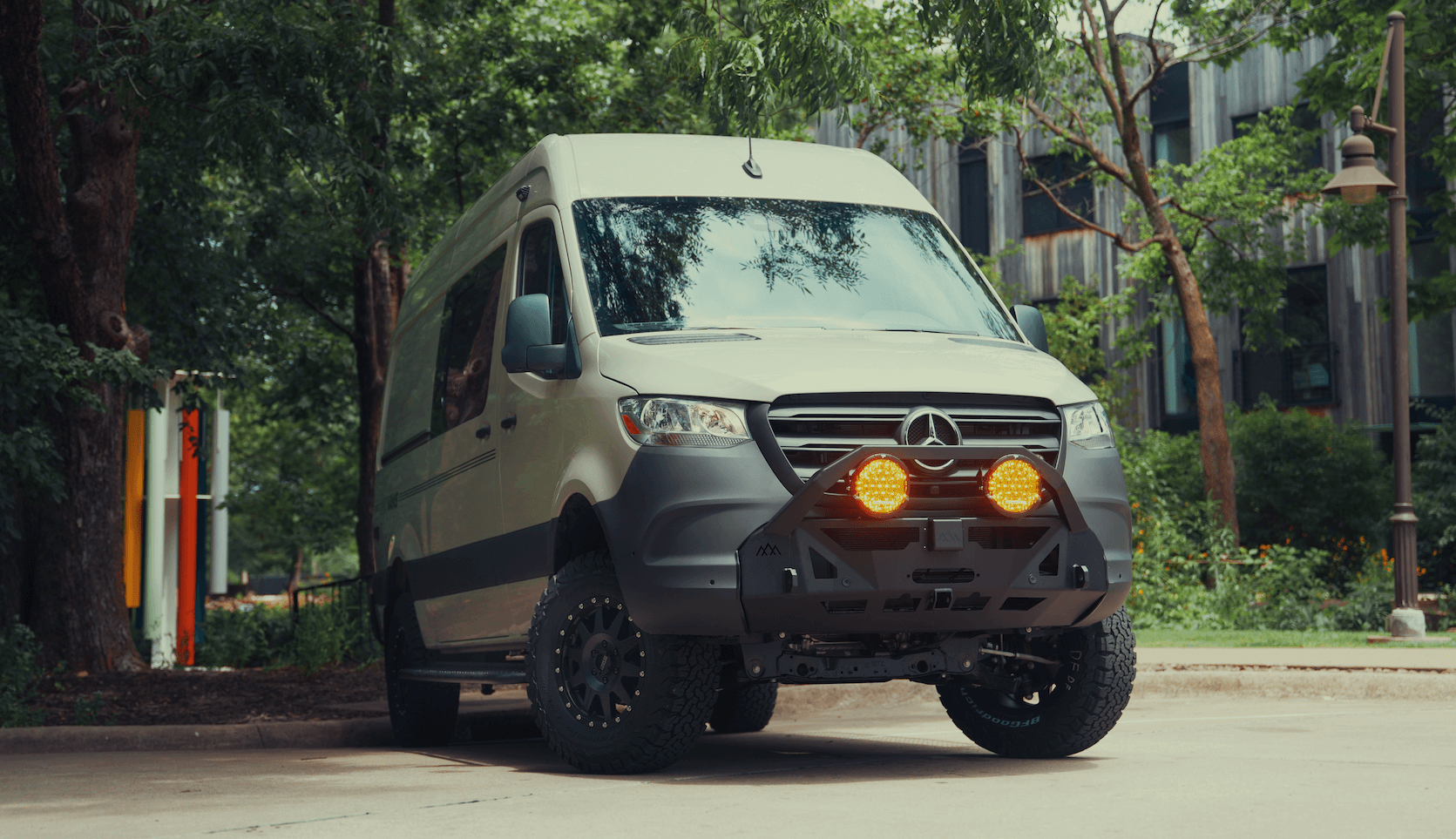Recreational Vans

Closed cell foam controls noise by stopping panel to panel contact, damping small vibrations, and reflecting portions of airborne sound. Each tiny sealed cell traps air, which raises stiffness and limits air movement through the material. That structure makes it a strong decoupler between a vibrating metal skin and an interior panel. In practice, closed cell foam shines when it breaks the mechanical path that sound energy uses to travel into the cabin.
Unlike open cell foam, which absorbs mids and highs by allowing air motion inside the material, closed cell foam reflects more of that energy and reduces conduction. That is why it is not a standalone solution for deep bass or drumming metal. On vehicles, the most effective recipe uses three layers where space permits. First, treat large metal panels with a thin vibration damper so they stop ringing. Next, add closed cell foam as a decoupler and thermal layer. Finally, use a dense barrier for airborne noise on high exposure zones like the floor.
Two common ratings help frame expectations. NRC relates to absorption in a room, while STC relates to wall transmission. Vans do not operate like lab walls or test rooms, so those numbers rarely tell the whole story. Closed cell foam should be viewed as an isolation and decoupling layer rather than a primary absorber. It helps a barrier work better by preventing direct contact and by evening out pressure across the panel.
Thickness boosts performance up to a point. In vans, common thickness ranges from a quarter inch to a half inch for walls and roof, and up to three quarters of an inch in select voids. Heavier density foams can improve decoupling but add weight that may not pay off on every surface. Floors benefit most from thicker stacks because tire, road, and drivetrain noise couple strongly through the chassis.
Closed cell foam resists water uptake and slows vapor, which protects metal from condensation. Temperature ratings matter near the roof and firewall where heat can climb. Look for materials with automotive fire behavior ratings such as FMVSS 302 or relevant UL designations. Good adhesion paired with clean surfaces prevents peel and gaps that can trap moisture.
Several chemistries exist and each brings tradeoffs. Crosslinked polyethylene is light, moisture resistant, and stable, which makes it common behind panels and headliners. Polyurethane versions can be softer and easier to compress where tight contours exist. EPDM or neoprene blends offer durability and temperature resistance for wheel wells or engine side zones where exposure is higher.
Prioritize adhesive quality and liner design so placement is precise. A smooth foam skin can reduce dust and help the barrier layer glide during install. For high load areas under flooring, choose a foam that recovers from compression and does not bottom out under seat bases or cabinetry. Where a mass barrier is used, ensure the foam carries the barrier without hard contact to the metal skin.
Target use cases
Key specs to review
Surface prep decides half the outcome. Degrease, dry, and treat rust before any layer goes on. Large flat panels respond well to strategic vibration damping first. You do not need to cover every square inch. After damping, apply closed cell foam to decouple and add thermal control. Use a roller to set adhesive without stretching the foam. Overlaps should be firm but not compressed to zero, which would create hard contact points.
Gaps around structure help the van breathe and let drains work. Avoid blocking harness clips, airbags, or service paths. On floors, pair foam with a continuous mass barrier where you have height, then add a stable underlayment for seat bases. Wheel wells respond to a focused stack of damper, foam, and barrier with sealed seams. Doors need careful placement to avoid window paths and latch rods. Trim pieces should re install without stress so they do not creak later.
Executed well, you will notice a tighter, calmer cabin. Conversations become easier, and audio systems need less volume for clarity. Thermal comfort improves thanks to the same closed cells that block airflow. The van will feel more refined without adding unnecessary bulk.
Complex curves, mixed materials, and hidden cavities reward experience. A professional van shop can map sound paths, select the right stack for each panel, and integrate acoustic work with electrical, cabinetry, and safety systems in one plan.
For a full acoustic plan shaped around your travel style, explore our Recreational vans and see how we approach complete builds from insulation to finish. If you are dreaming about a from scratch layout with a serene cabin, our Custom build vans page shows the process from consult to handoff. Shoppers comparing platforms can review Mainstream vans to pick a base that fits their goals before any sound control work begins.
Quiet changes the way a rig feels on every mile. If you want a cabin that stays calm in traffic and on gravel, our team will design a sound package that fits your build and budget, then install it with the same care we bring to full custom vans. Share your plans and we will get your acoustic upgrade on the calendar.
Ready for a quieter, cooler van that feels solid on the highway. Tell us how you travel, and our team will design and install a complete acoustic package around your build. Start your custom upfit today.
ADDRESS:
6159 E Huntsville Rd, Fayetteville, AR 72701
PHONE:
(479) 326-9200
EMAIL:
info@ozkvans.com